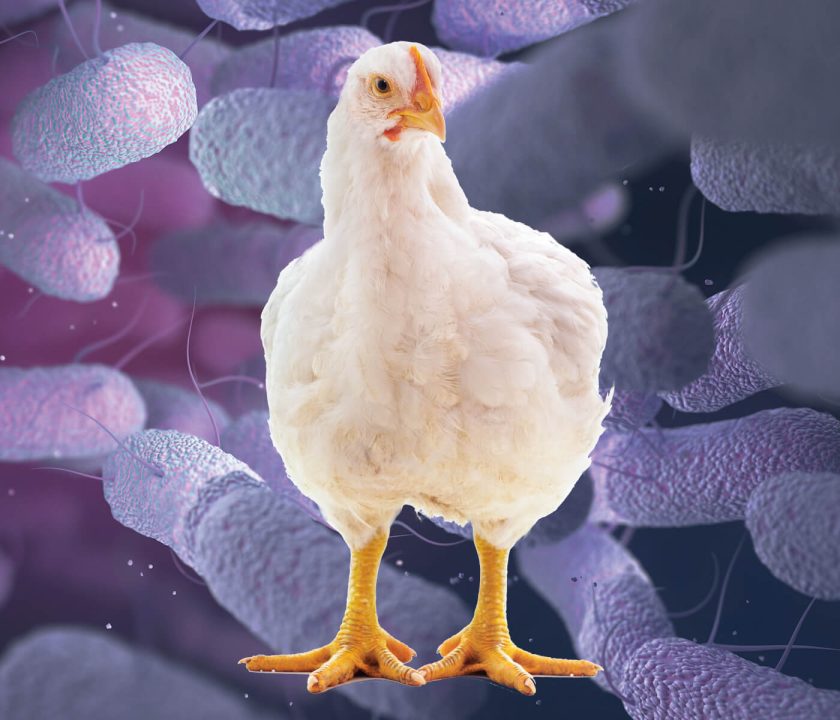Content available at: Español (Spanish)
S. Infantis can survive under adverse environmental conditions.
High temperature resistance.
Some Salmonella spp serotypes can survive after heat treatment of feed and litter. The survival of S. infantis after heat treatment of feed is not very clear.
However, some studies have demonstrated its presence in finished feed for broilers, but it is possible that this is due to post-treatment recontamination, rather than the heat resistance characteristic (Pulido, 2019).
Survival in conditions of low humidity, low water activity.
Outbreaks of S. infantis that occurred in the United States in 2012 were associated with dry pet food (CDC, 2012).
S. infantis may be able to survive on dry food, use these and other strategies to survive in environments with low water activity.
Another aspect worth noting is that Salmonella spp serotypes that are resistant to desiccation may exhibit cross-tolerance to other unfavorable conditions.
- The studies carried out by Grusdev et al. in 2011 showed that S. Typhimurium, S. Newport, S. Enteritidis and S. Infantis could survive the presence of NACL in bile salts, ethanol (30%, 5 min), dry heat (100°C, 1h) and UV irradiation (125 W/cm2 , 25 min).
- Additionally, dried cells of all these serotypes survived exposure to
TO CONTINUE READING REGISTER IT IS COMPLETELY FREE Access to articles in PDF PDF
Keep up to date with our newsletters
Receive the magazine for free in digital version REGISTRATION ACCESS
YOUR ACCOUNT LOGIN Lost your password?

